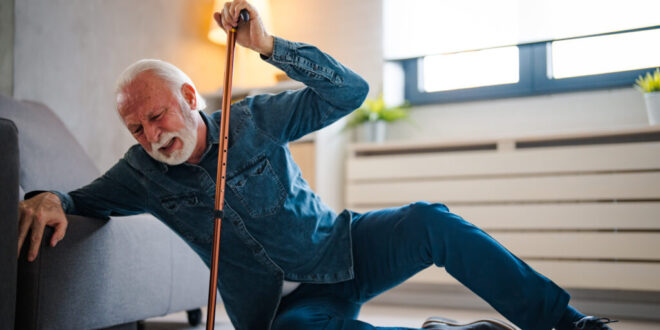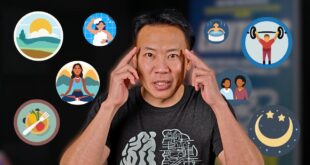Aging is a normal part of life; keeping loved ones safe becomes the most important goal as they age. Falls are the most common way for seniors to get hurt, and they can have serious effects like broken bones, head injuries, and losing their freedom. New technology has led to creative solutions, such as safety monitors for older people that can spot falls.
This complete guide will delve into the world of fall warning devices, covering how they work, the available different types, and important things to consider when choosing the right one to keep your elderly family members safe.
A Closer Look at Elderly Safety Monitors with Fall Detection
A proactive and creative way to lower the risk of falls in seniors is to give them safety monitors with built-in fall tracking technology. If these things sense when someone falls, they’ll instantly call for help from a caregiver or emergency services. This makes sure that people can get help when they need it the most. To fully understand how these methods work, read this:
1. Sensors for Motion
Using advanced motion sensors like accelerometers and gyroscopes, always watch the wearer’s movement and body position. It also helps with fall detection monitors for the elderly. If the speed or direction changes quickly, these devices might pick it up. This could mean that something is dropping.
2. Analysis of Algorithms
Sensor data is carefully looked at by programs that are very hard to understand. These algorithms have been carefully thought out to distinguish between normal daily jobs and falls. So, they cut down on fake alarms and make sure that real falls are dealt with quickly.
3. The Alert System
When the device senses a fall, it sends a message to a pre-set contact. This contact can be a family member, a helper, or an emergency response service. Some gadgets even have built-in speakers, so they can talk back and forth with the person wearing them, giving them support and direction.
4. Tracking With GPS
Some fall warning monitors include GPS technology to make them even safer and make it easier for people to get help quickly in an emergency. This feature precisely pinpoints the wearer’s location, which is especially helpful when the person can’t say where they are.
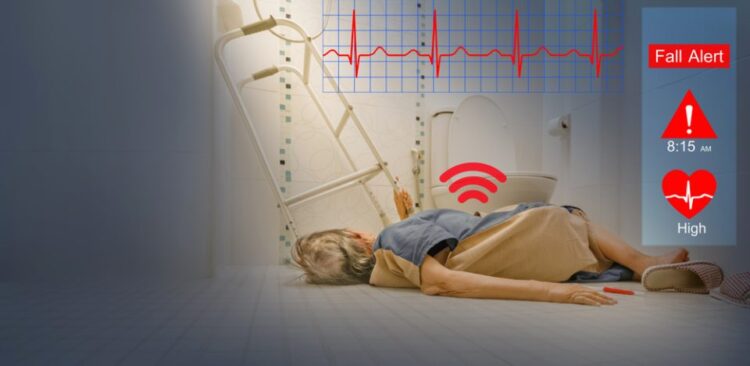
Exploring the Different Types of Fall Detection Monitors
Different kinds of elderly safety monitors can identify falls, and each has benefits and features. These are the main types:
1. Devices That You Wear
Wearable gadgets, like wristbands, pendants, or belt clips, make it easy and discreet to keep an eye on someone all the time. People are supposed to wear these gadgets all day to stay alert.
Some wearable tech also has extra features like tracking your activity, monitoring your heart rate, and reminding you to take your medications. This makes them useful for managing your general health.
2. Systems For Smart Homes
Fall detection is a part of smart home systems that work with a larger network for watching homes. These systems use many carefully placed sensors to keep track of the user’s movements and find falls. In addition to finding falls, they give information about daily tasks and behavior patterns, improving care and well-being.
3. Phone Apps
Many apps can make smartphones into sensors that can tell when someone falls. These apps use accelerometers, GPS, and other sensors on your phone to find falls and let the people you choose know immediately. Mobile apps might be less expensive, but remember that they might not work as well as smart tech.
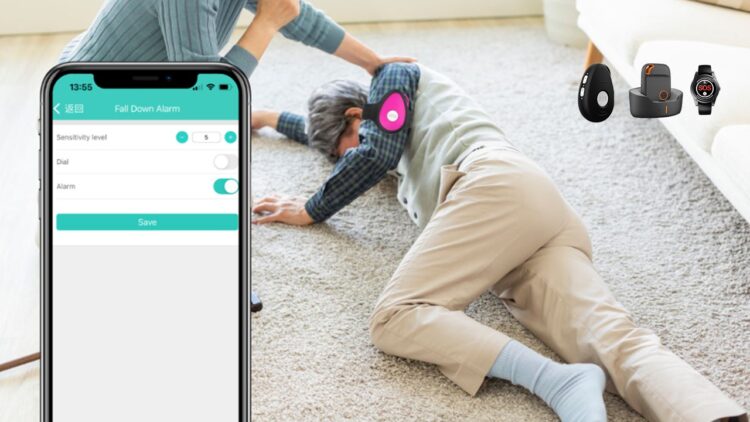
Picking the Best Monitor for Fall Protection
Getting the right fall detection monitor for an elderly family member is a big choice that must be considered carefully. Here are some important things to think about to help you make an informed decision:
1. Dependability
When choosing a fall detection watch, dependability is very important. It is best to choose gadgets with a history of accurately detecting falls with few false alarms. Reading reviews from other users, asking healthcare professionals for advice, and doing a lot of study are all important ways to determine how reliable a device is.
2. Comfort And Ease of Wearing
How comfortable and easy to wear the device is very important. Consider the device’s size, weight, and how it will be worn, such as a collar, pendant, or belt clip. If a gadget is uncomfortable, it’s more likely to be ignored or taken off, which could put safety at risk.
3. How Long the Battery Lasts
An extended battery life is a big plus because tracking can go on without interruptions. Some gadgets use batteries that can be charged, while others can be changed. Consider how and how often your loved one charges their devices when choosing.
4. Keeping Water Out
The bathroom is one place in the house where accidents can happen. Choose either water-resistant or waterproof gadgets to ensure you are always safe.
5. Integration of Mobile Apps
Think about gadgets that come with mobile apps. These apps let caregivers watch their loved one’s actions from afar, get alerts, and see past information about falls or other accidents. A mobile app can give users peace of mind and useful information about their health.
6. Cost
Look at the total ownership cost, including the gadget’s price, monthly monitoring fees, and contract terms. Before making a choice, make sure you fully understand the financial responsibility.
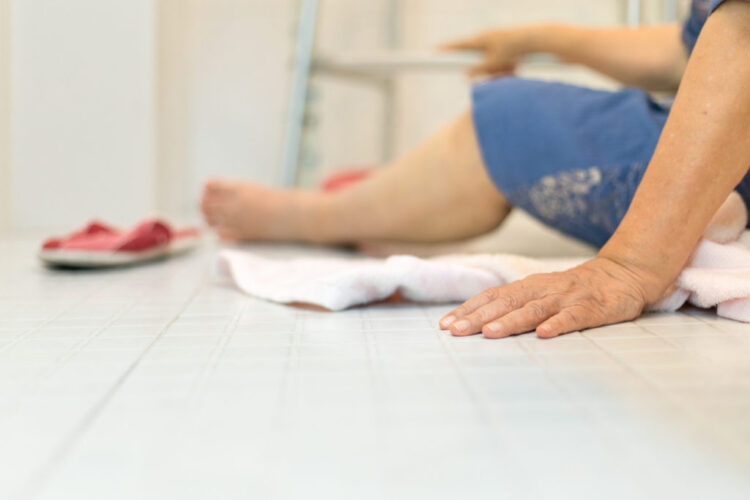
Technology for the Elderly ─ Increasing Safety and Independence
To protect and improve the lives of elderly family members, elderly safety monitors with fall-tracking technology can make all the difference. These devices give seniors peace of mind and better safety and freedom by helping them immediately if they fall.
They are great for everyone. When choosing a fall detection monitor for a loved one, ensure it is reliable, comfortable to wear, and has features that fit their wants and way of life. With the right tool, you can give your senior family members the freedom to stay on their own while still protecting their health and safety.
Accept that technology can improve your loved ones’ lives as they age healthily. In a world where technology keeps improving, use it to help aging people get the best care possible.
 Hi Boox Popular Magazine 2024
Hi Boox Popular Magazine 2024
